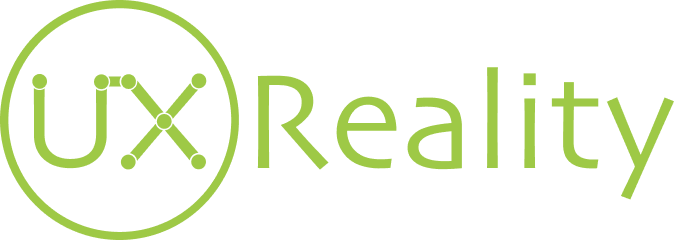Imagine it’s a rush hour, you are approaching a cab and you are about to grab the handle and get in the car, when it suddenly takes off. You have just a couple of seconds to get driver's attention and make him notice you. What will you do? Probably you’ll become agitated, start waving, shouting and tapping on the door. What will the driver do? Well…if he is too busy he will just drive away, without noticing you. Or he might think that you are very aggressive and… yes, he’ll drive away. Eventually, he does not owe you anything. He will easily find another customer.
The same story is with landing pages, where customer is your cab driver. Customers won’t wait. They are busy and impatient. You have only a couple of seconds to persuade them to stay on your landing page and to make a purchase. But you already know that, don't you? You have already created a perfect landing page. You have applied modern designed, you have used fancy fonts and added lots of “call-to-action” buttons, but none of it works and nobody buys your product. Here is how you can change it.
#1 Put all the right emphasis in all the right places. Help your customers find the information they are looking for
When people navigate through your landing page they want to find information about your product, about its advantages, characteristics, user experience, etc. Only the information that helps customers to decide whether to buy from you or not is relevant to them. That’s it. They are not really interested in the history of your company, stories about “founding fathers”, and the structure of management or photos of your reception lobby.
That’s why when testing a landing page you should consider what your customers want to see and not what you want to show them. In order to “see the landing page through customers’ eyes,” and understand which information is relevant for them, it’s better to use neuromarketing techs.
For example, eye tracking, enable us to see, which information was noticed by customers and which was not, what attracted their attention, how long they were looking for the information they were interested in, etc. It helps to restructure your landing page and to put the most important and “lead-generating” pieces of information to the most “attractive” spots on your landing page.
#2 Keep your navigation simple
You would say that it’s practically impossible to make a landing page hard to navigate. Perhaps. Keep in mind, though, that you have only seven seconds to attract customers’ attention and you’d better use them wisely - make sure that in those seven seconds information users are seeking is right in front of them.
Thus the information on the landing page, as well as action buttons, should be easily accessible and visible in the first few seconds of navigation through your landing page. Use mouse tracking tool to understand how fast customers find the information they are looking for. It will allow you to eliminate unnecessary steps in the information research for customers, save time for them and boost sales for you.
#3 Place call-to-action buttons not too high and not too low on the landing page
You made a call-to-action (CTA) button noticeable and left enough space around it so nothing would distract customers from clicking on it. Good job! But if you placed the CTA button in the upper part of the page and the most important information ended up at the bottom of the page due to new and fancy webpage design then you made a bad call. Customer will forget about that CTA button while scrolling down the landing page searching for relevant information.
If on the contrary the CTA button is located too low, the customer will get tired of searching for it. If you put the CTA button in several places of the page it may distract the customer from finding necessary information, he will get bored very fast and will leave the page.
That’s why it’s better to locate the CTA button somewhere in the center of the page, as EEG results that is the spot that gets most attention and focus from a website visitor. Tools, like EEG, help you see where the customer concentrates the most. It allows you to put the CTA button in the proper place and generate more sales for you.
It’s not easy to attract customer’s attention. But if to use correct tools, like mouse tracking, click measurement or EEG technology, you can substantially improve your landing page and retain more customers, leading them to more purchases at your website.


